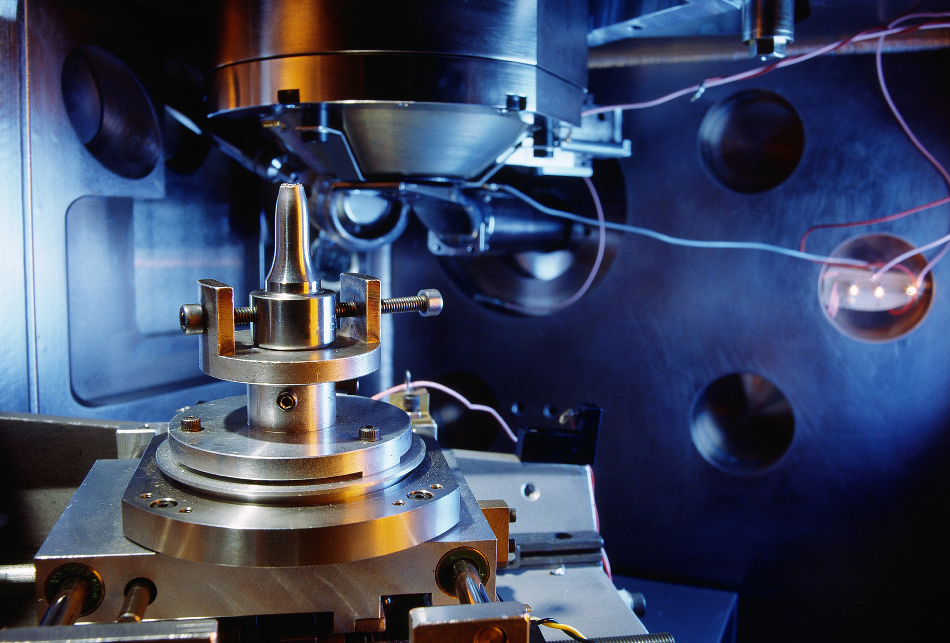Nanotechnology is the study and management of matter at extremely small sizes, about one to 100 nanometers. The technology has come a long way, being utilized in various industries. Usually, many manufacturers, scientists, and industries use nanotechnology to create and enhance various products that are useful in everyday use.

Image Credit: Bildagentur Zoonar GmbH/Shutterstock.com
The field of nanotechnology involves research and development on very small materials. Over the past years, research on developing nanomaterials has grown immensely since they provide effective solutions to many problems faced by industries, particularly those in the food, energy, and environment sectors.
Nanotechnology and its importance
Nanoscience involves the ability to visualize and manipulate or control individual molecules and atoms, which are impossible to see with the naked eye. They are even impossible to see with the use of microscopes. When scientists were able to see atoms and their properties, they used the technology to find ways to make materials at the nanoscale, enhancing their properties to yield materials that have lighter weight, higher strength, greater chemical reactivity and increased control of the light spectrum.
Further, the technology can increase the efficiency of energy consumption, solve major health problems, and aid in cleaning the environment. It can also help various industries to increase production and reduce certain costs. At present, nanotechnology has helped many scientists in electron microscopy.
What is electron microscopy?
Electron microscopy (EM) is a tool that enables biologists to capture photos of their samples at a greater and better resolution, than with a light microscope. Also, the technique is used for obtaining high-resolution images of non-biological specimens, too. Today, EM has been widely used to help in biomedical research by investigating and studying detailed images of tissues, cells, organelles, and macromolecular complexes.
There are many types of EM, and each can provide different information about the specimen. The first type is the transmission electron microscopy (TEM), which is used to view thin specimens such as molecules and tissue sections and the scanning electron microscopy (SEM), which is designed to directly study the surfaces of solid objects with a beam of focused electrons.
Nanotechnology and the electron microscope
German engineers Max Knoll and Ernst Ruska first developed the electron microscope in the 1930s. The microscope utilizes a beam of electrons to illuminate a specimen and produce high precision and a magnified image. These microscopes produce greater and better resolution photos than conventional microscopes.
Nanotechnology is important in electron microscopy. Electron microscopy is the best instrument for chemical and structural characterization at the nanoscale. A study published in the journal Nature Nanotechnology, scientists believe that nanoparticles with distinct colors can help allow for multicolor electron microscopy in the future.
In EM, scientists discover cellular morphology in the nanoscale resolution, but it does not give adequate information of protein location. If EM can provide the location of these proteins, it can provide more insight into molecular biology.
The scientists believe that the new method might allow the design of even smaller labels for multicolor electron microscopy and provide even better images for research and further studies.
It is a two-way connection, since electron microscopy is important in nanotechnology. For one, transmission electron microscopy is a very powerful instrument in the study of nanomaterials for biomedical, biological, and material science world. Seeing materials and specimens in the nanolevel can help in formulating new technologies to aid humans in many applications.
Source:
Anjum, D.H. (2016). Characterization of nanomaterials with transmission electron microscopy. IOPScience. https://iopscience.iop.org/article/10.1088/1757-899X/146/1/012001
Su, D. (2017). Advanced electron microscopy characterization of nanomaterials for catalysis. Green Energy & Environment. https://www.sciencedirect.com/science/article/pii/S2468025717300043
Prigozhin, M., Maurer, P., and Courtis, A. et al. (2019). Bright sub-20-nm cathodoluminescent nanoprobes for electron microscopy. Nature Nanotechnology. https://www.nature.com/articles/s41565-019-0395-0
Disclaimer: The views expressed here are those of the author expressed in their private capacity and do not necessarily represent the views of AZoM.com Limited T/A AZoNetwork the owner and operator of this website. This disclaimer forms part of the Terms and conditions of use of this website.